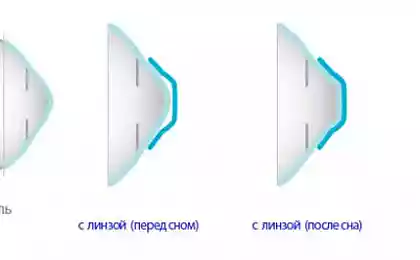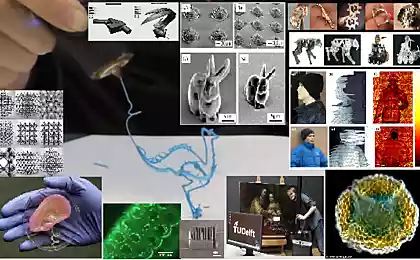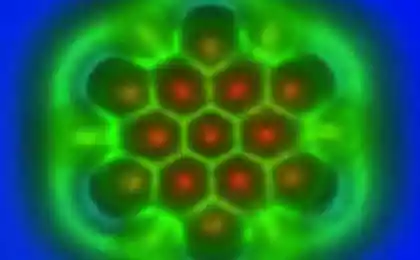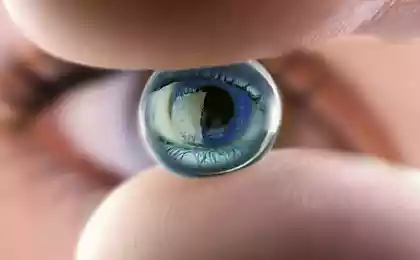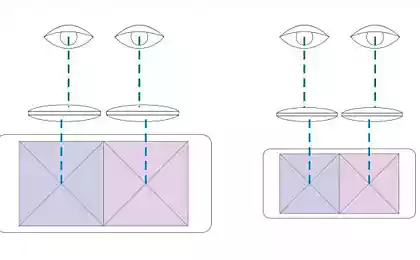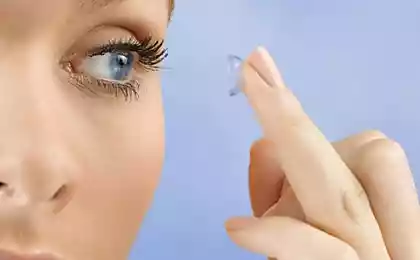1140
The 3D-printer printed the contact lenses with built-in OLED-display

A group of engineers from Princeton University as produced the 3D-printer contact lens with OLED-display. Researchers have demonstrated developed their 3D-printing technology, which allows you to combine and print on curved surfaces of five different types of materials: emitting semiconductor nanoparticles, elastomers, organic polymers, metal conductors and light-curing material.
The display operates on the principle QD-LED (light-emitting diodes of the quantum dots). Points are obtained by a multi-layer display printing. This sandwich consists of the emitting layer (cadmium selenide nanoparticles, also known as quantum dots), sandwiched between two layers, one of which emits electrons, and the other takes. Passing through a layer of quantum dots, electrons are forced to emit photons, with a strictly specific wavelength. Another lower layer consists of a material curable by ultraviolet - it allows the stick to the surface of the sandwich. The result is a very thin, flexible and virtually transparent LED.
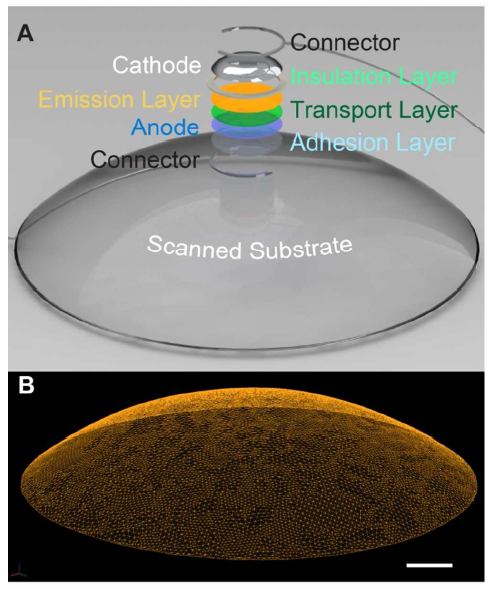
Pixels in the lenses can be done in one of two ways. They may be active, i.e. emit their own light, and create a picture in the eye directly. However, this approach is inconvenient because it requires relatively much energy to operate - a receiving wireless energy depends, inter alia, on the size of the receiving antenna, which should be placed there in the lens. There is another, a passive approach, where the pixels change gets in your eyes light from external light, but technically it is more complex.
Although the technology is yet in an experimental stage, its results are encouraging. It is hard to imagine all the possibilities of its application. It is worth noting that the technology will fit not only for contact lenses - it will come in handy in the manufacture of "smart glasses".
Source: geektimes.ru/post/242144/

